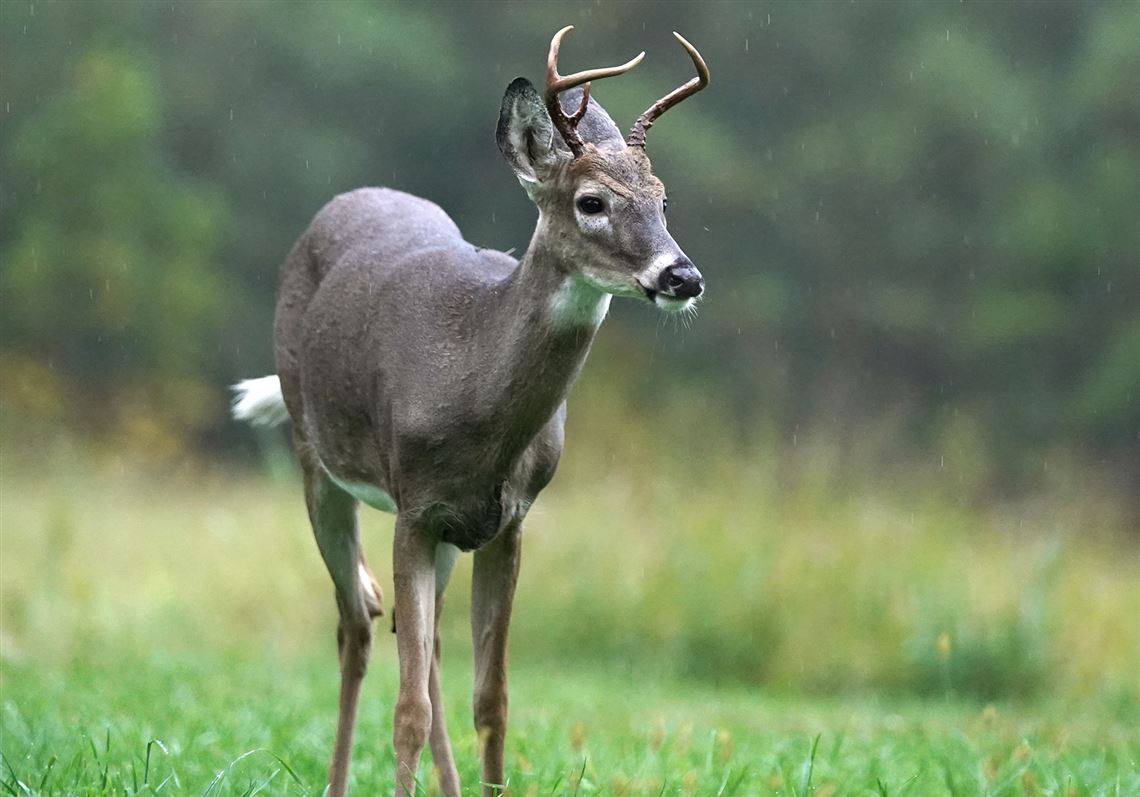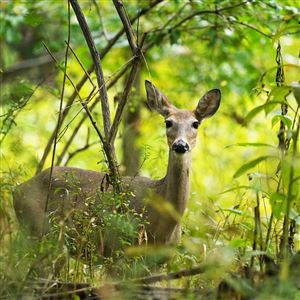Pittsburgh’s white-tailed deer reduction program was announced and initiated in 2023 without much detail or justification. A University of Pittsburgh study documents new information, confirms the necessity of deer management in the city and offers recommendations on how to proceed.
Professor Jeremy Weber and his students at the Graduate School of Public and International Affairs on Thursday sent an in-depth report to city officials and the nonprofit group Protect Our Parks and Forests. Their research cited a range of previously unreported information documenting deer-related deforestation in Pittsburgh parks.
“A lot of what we found was hard to get. It took a lot of digging,” said Mr. Weber, who conducted the full-seminar study this year with eight graduate students. “The city didn’t have a lot of this when they launched the deer control plan. Having worked in government, I know that it’s not unusual for one corner of the government to have information that isn’t shared with other corners.”
In 2010 the Pennsylvania Department of Agriculture researched Pittsburgh’s escalating deer density. PDA said that while urban parks can generally accommodate nine deer per square mile, an estimated 50 per square mile were living in Frick Park. The department recommended a controlled archery hunt, but for 13 years Pittsburgh mayors and City Council took no action.
The Pitt research found that, from 2010 to 2023, the estimated number of deer in Frick Park rose to 300 per square mile. From 2004-2023 the city collected 575 deer carcasses from city streets, compared to 140 in 2004, a 411% increase. And last year, deer-vehicle incidents on city roads caused an estimated $3.6 million in vehicle damage, a 411% increase since 2010.
Outside the parks, deer continue eating gardens, dropping scat in yards and transporting ticks that carry Lyme Disease. Many Pittsburghers enjoy watching backyard deer but complaints about deer damage proliferate.
“We could have done this [deer reduction program] two decades ago and it would have been much easier,” said Weber.
The Pitt study wasn’t commissioned or requested. Weber initiated the class assignment after reading about deer problems in Squirrel Hill. It cost the city nothing.
The controlled archery hunt was abruptly launched by Mayor Ed Gainey’s administration and City Council in 2023.
Introduced in September as the first step in a pilot deer reduction program, PDA recruited and managed a limited number of volunteer archers to position themselves in tree stands in Frick and Riverview parks while the parks were open. Hunters had to obey Game Commission regulations and the hunt continued through the Pittsburgh area’s archery deer season. No injuries were reported and 108 deer were killed.
The mayor proclaimed the program a “tremendous success.” This year’s hunt, he said, will be expanded to Schenley, Highland and Emerald View parks.
But the Pitt study said that won’t be enough. Controlled archery hunts can stabilize deer density, but with does dropping 1-3 fawns per year, they can not reduce the population.
“Letting residents hunt for deer recreationally is the cheapest way to reduce deer. It costs very little,” said Weber. “Sharpshooting with trained professionals is more costly, but it reduces the number and keeps it down. The damage from deer justifies the cost.”
The management plan is expected to continue as planned in the additional parks in September.
John Hayes: jhayes@post-gazette.com
First Published: May 9, 2024, 10:52 p.m.
Updated: May 10, 2024, 1:05 p.m.
















